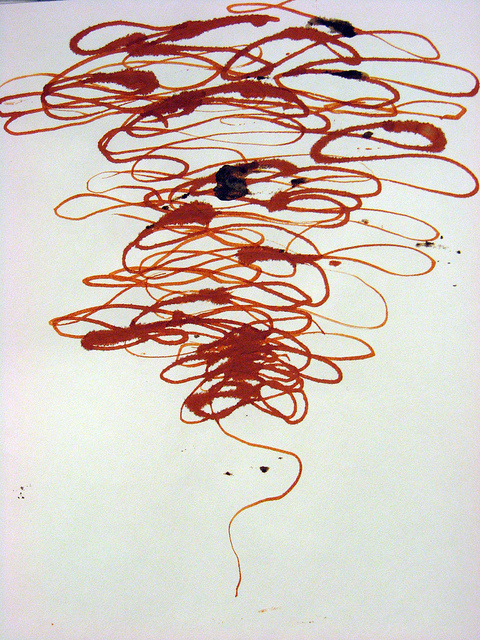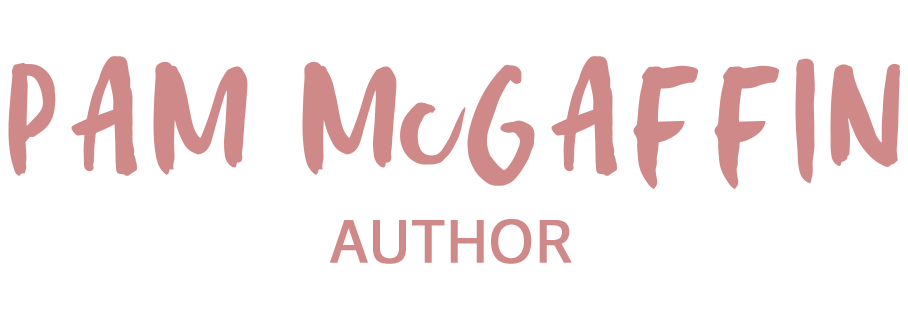A 350-page novel in 35 words or less – Argh!
When people find out I’m working on a book, they invariably ask that question I dread.
“So, what’s it about?”
My wildly differing responses have ranged from the terse — It’s about identity – to the rambling: It’s a young-adult novel about a teenage girl who loses her father in a fishing accident. He’s lost without a trace, so she doesn’t have proof of his death, which isn’t all that unusual in fishing accidents . . . Anyway, she hears stuff about her father that leads her to think he wasn’t quite the man she thought he was, and yeah . . . . It kind of goes on from there.
Once I stop babbling, I usually get a tight-lipped smile or a polite nod. The person thankfully changes the subject, and I’m left feeling a little queasy.
I’ve never been good at selling myself. Job interviews terrify me. But a big part of being an author is self-promotion and building platform, hence this blog and website.
I knew I’d have to come up with a short description of my novel that wasn’t eye-glaze inducing, so I thought back on my public-relations experience and the all-important elevator speech: a seconds-long opportunity to sell a potential supporter/customer on your mission/product.
I knew such pitches took time and effort, yet somehow I thought I could just wing it when talking about the biggest writing project I’ve ever attempted.
Part of the problem, I now realize, was trying to define my novel too early in the process.
I don’t outline. I’m what’s known as a “pantser,” writing by the seat of my pants with only a vague idea of where I’m headed. How could I possibly give people the big picture when I didn’t know it myself?
Once I finished my first draft and started editing, I had a better feel for the whole, but was overwhelmed with details — characters that needed developing, scenes that needed fleshing, plot holes that needed filling.
Forget about the trees, I had my nose pressed against the bark.
After three years of that, I didn’t know which end was up, let alone what my novel was really about, so I sought professional help – Nothing to Novel – to guide me through the forest. First, Lish McBride did a structural edit that led to three months of hard revising and a much improved draft.
Then, Martha Brockenbrough helped me with a synopsis, a one- to two-page distillation of my novel and major characters – and a real bitch to write. Some agents and publishers require that you provide a synopsis, but Martha also recommends using it as an editing tool because there’s no better way to see a story’s turning points and overall shape.
She also helped me hone my novel description by having me pitch to her.
To prepare for that meeting, I listed everything my book was about, coming up with no less than 17 subjects, including “teenage love” and “prejudice.”
Then I grouped like-items together and came up with three central themes:
- Coming of age
- Relationships that shape us
- The human need for stories to explain our lives
It was a valuable exercise resulting in what I thought was a pretty good written pitch. Yet when I tried to repeat it to Martha, I couldn’t quite get the words out. She was kind. She didn’t shout, “Next.” But she did give me the pitch she used for her latest novel, which has gone on to receive rave reviews and several top honors:
The Game of Love and Death is about two young jazz musicians, one black and one white, who fall in love in 1937 Seattle without realizing they’re pawns being played by Love and Death themselves.
Wow.
Humbled, I went home and tried her suggestion of writing ten different descriptions, picking the one I’d most like to read. “Think characters + inciting incident + stakes (and time period/setting if it’s not contemporary/muggle),” she instructed.
Here’s what I finally came up with:
The Leaving Year is about the daughter of a Pacific Northwest fisherman, whose presumed drowning in 1967 has her searching for answers, including whether or not he’s really dead.
What do you think? Would you want to know more? Or would you change the subject? Please comment below.

